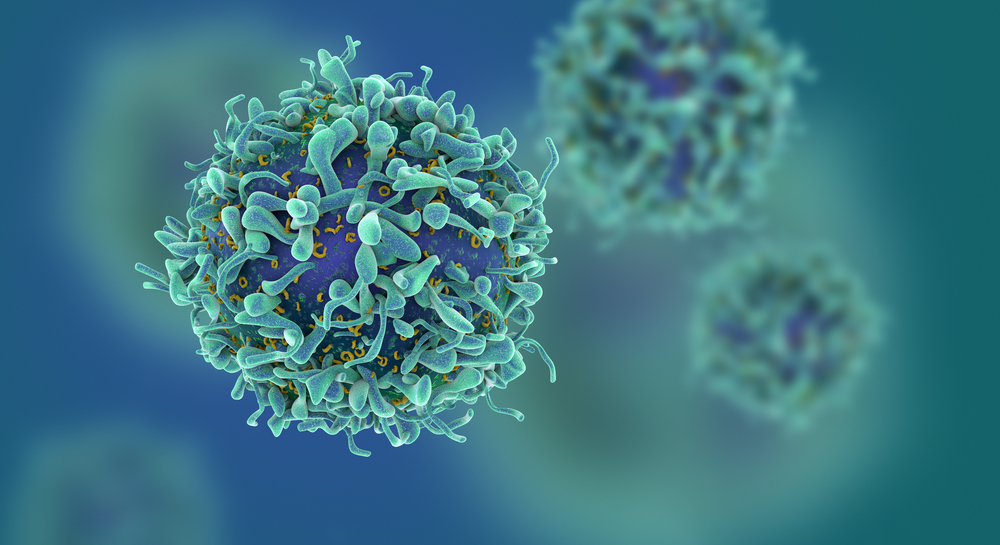Atacicept, a B-cell Targeting Protein, Reduced Lupus Flares in Clinical Trials

Treatment with atacicept — a protein that targets the immune system — significantly reduced disease flares in patients with systemic lupus erythematosus (SLE), data from EMD Serono‘s Phase 2 trial shows.
The study, “Reduction of systemic lupus flares by atacicept in a randomized, placebo- controlled, Phase IIb Study (ADDRESS II) and its extension study,” was presented at the European Lupus Meeting 2018 held in March in Dusseldorf, Germany.
Atacicept is a recombinant fusion protein designed to block the activity of B-cells, one of the major types of immune cells. In this manner, atacicept is able to reduce autoimmunity. Specifically, atacicept targets BLyS and APRIL — two B-cell stimulating factors.
In an attempt to study the efficacy of atacicept in SLE patients, researchers conducted a Phase 2, 24-week clinical trial called ADDRESS II (NCT01972568), followed by a long-term extension trial (NCT02070978) where patients received atacicept for an additional 24 weeks.
ADDRESS II randomized patients to receive atacicept — 75 mg or 150 mg — weekly, or placebo, for 24 weeks. In the extension trial, patients were able to continue to receive their original dose of atacicept or switch from placebo to 150 mg of atacicept.
In 2016, EMD Serono (known as Merck KGaA outside the U.S. and Canada) said the ADDRESS II trial failed to meet its primary endpoint, defined as the proportion of patients achieving a clinical response.
But the company also showed that the incidence of severe disease flares was reduced with atacicept, compared to placebo.
Now, results from both ADDRESS II and its extension study continue to support a reduction of disease flares in patients taking atacicept.
The frequency of SLE flares was measured by two different tests. One of the tests used was the British Isles Lupus Assessment Group (BILAG), which is an organ-specific, 86-question assessment to determine SLE disease activity.
The other test used was the SELENA Flare Index (SFI), which defines severe, moderate, and mild flares separately.
Among the 306 patients included in ADDRESS II, 150 met the criteria for high disease activity (HDA).
After 24 weeks of treatment, the frequency of severe flares was significantly reduced in patients treated with 75 mg of atacicept compared to patients treated with placebo, as measured by BILAG. Patients who received 150 mg of atacicept demonstrated a significantly lower cumulative incidence of severe flares by SFI scores.
In patients with high disease activity, the incidence of severe flares after 24 weeks of treatment was significantly reduced by both BILAG and SFI at both dose levels.
BILAG scores also indicated that moderate to severe flares were also reduced in patients treated with 150 mg of atacicept compared to those on placebo.
After 48 weeks of treatment, patients receiving 150 mg of atacicept for the entire length of treatment had a significantly lower risk of severe flares compared to patients who were on placebo and switched to atacicept at 24 weeks, regardless of their high disease activity (HDA) status.
Also at 48 weeks, patients in the HDA subpopulation experienced significant flare reductions after atacicept treatment as measured by BILAG, compared to patients who were on placebo and switched over.
“Atacicept treatment was associated with significant flare reductions compared with [placebo],” investigators wrote. “Rates of flare continued to be low in atacicept-treated patients between weeks 24-48. Most flares occurred in HDA patients in the [placebo] group.”






